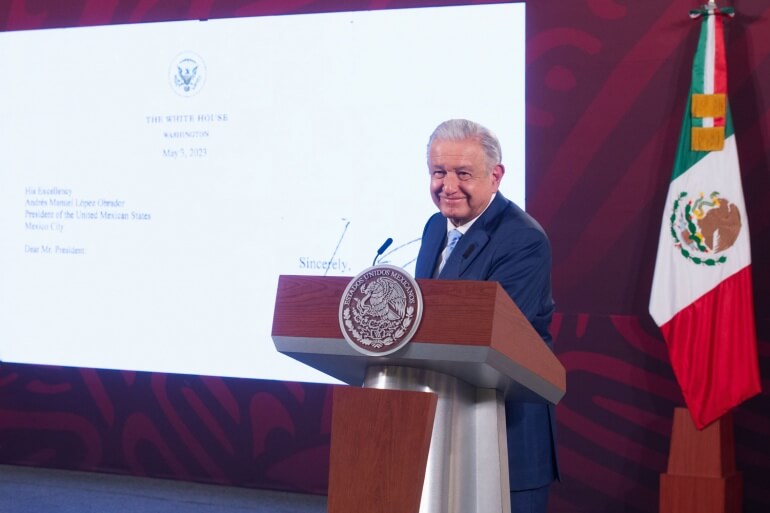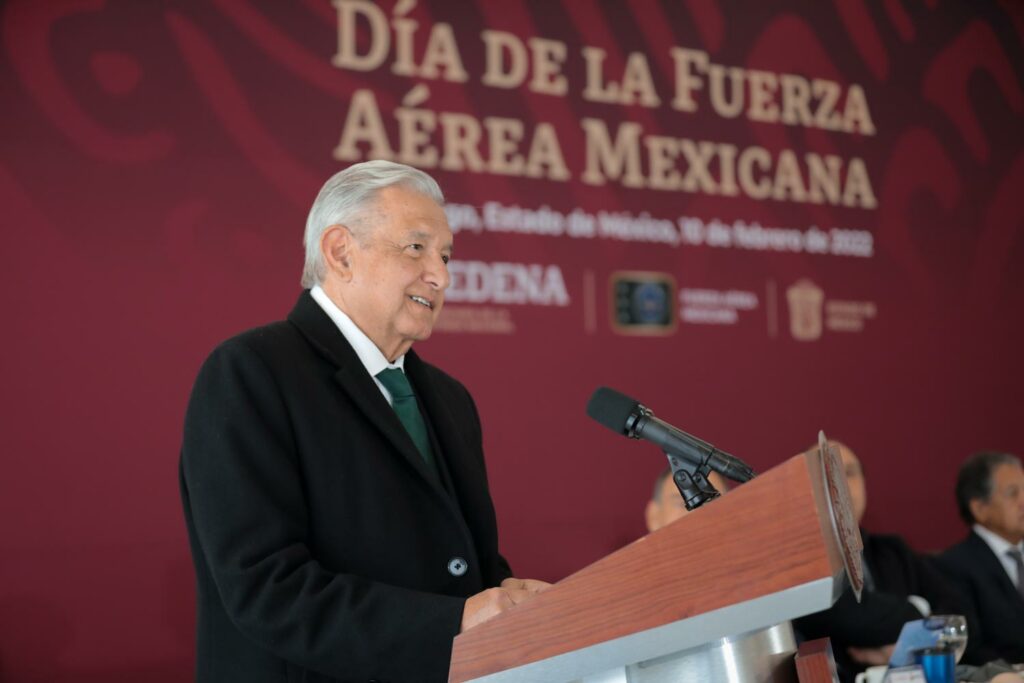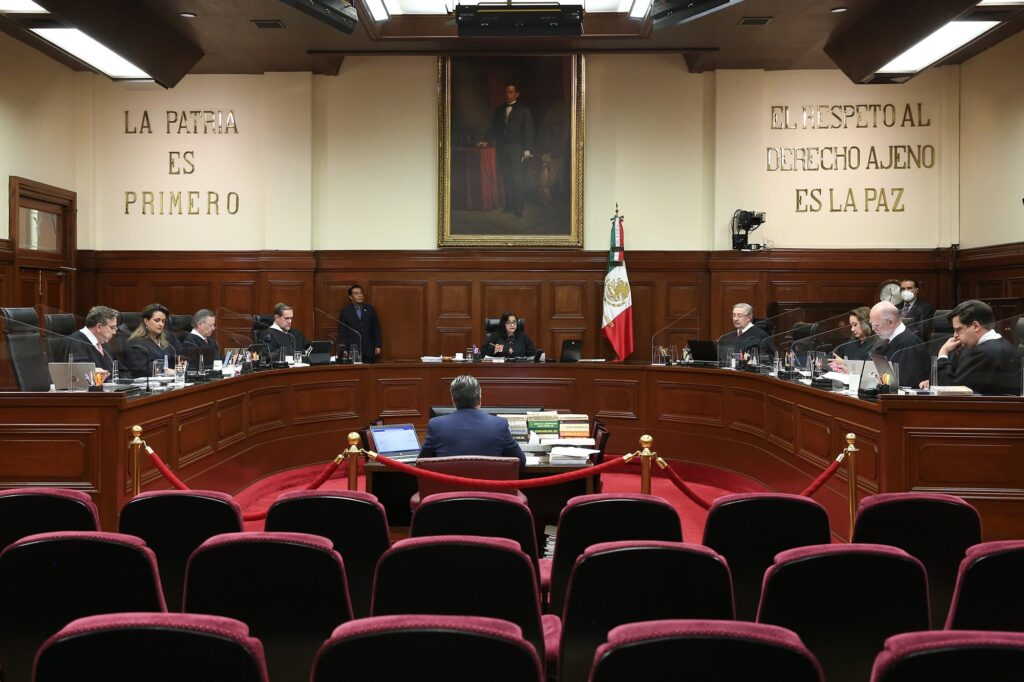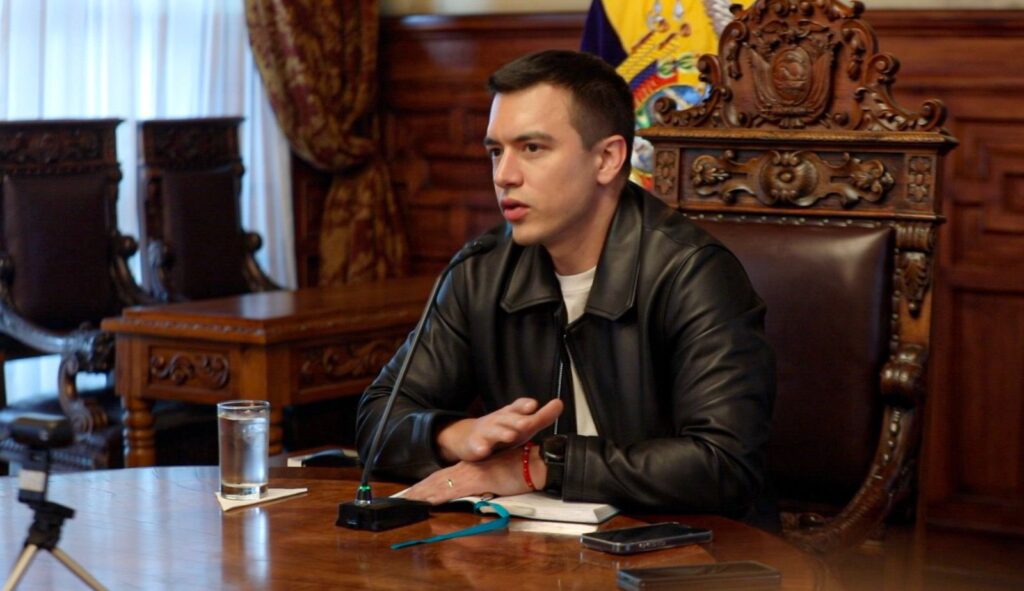Throughout his political career, Mexican President Andrés Manuel López Obrador has presented himself as a populist leader committed to the country’s most vulnerable. Within that narrative, Mr. López Obrador secured approval for a multi-billion dollar railroad project in southeastern Mexico.
The Maya Train (Tren Maya in Spanish) is possibly the president’s most prominent development project — a 930-mile (1500 km) railway system comprising the southeastern states of Campeche, Yucatan, Quintana Roo, Chiapas, and Tabasco. Like other large development projects undertaken during Mr. López Obrador’s administration, Maya Train is wholly owned and operated by the Mexican Military.
Mr. López Obrador has promised the train to push investment forward while creating wealth for one of the poorest regions in the country, which holds 7.3 million people living below the poverty line, 30% of them living in extreme poverty.
The project is presented as an effort to modernize the interconnectivity and infrastructure between these states, unifying production centers and tourism hotspots, effectively boosting commerce and production throughout the region.
In the short term, railway construction is already becoming fruitful for workers in the area. According to its official webpage, in 2021, the Maya Train created over 88,000 jobs, with more than 200,000 expected to be created by 2022.

However, the train has been met with persistent criticism ever since a referendum kickstarted the project in December 2019, allegedly confirming the approval of the indigenous community of the region.
Government figures state that 93,000 people voted in favor of the train project in the referendum, with just over 7,500 voting against it — results which were praised by the president.
Those figures did not go unchallenged, however. The libertarian socialist movement Zapatista Army of National Liberation, which wields influence in the region, called the referendum a hoax.
The revolutionary group claims the referendum was held under false pretenses, relying on the possible benefits rather than informing the indigenous communities in the region of the potential negative consequences of the railway. For instance, The National Council for Science and Technology identified irreversible damage to the region’s biodiversity and archeological heritage as well as threats posed to the livelihood of indigenous communities as potential negative impacts of the project.
The Zapatistas’ concerns are not unfounded. Since construction began in May 2020, the Maya Train has presented multiple irregularities that contradict Mr. López Obrador’s promises of sustainability.
For instance, after funneling USD $26 million to construct an elevated viaduct and having already cut down 20,000 trees, one train line in Quintana Roo being built by The Secretary of Defense (SEDENA) had to undergo massive changes, which environmentalist fear will have more negative impacts.
In order to reach the president’s desired deadline to inaugurate the train in December 2023, the viaduct will be scrapped, and the line will instead be built at ground level, cutting through a jungle zone and running parallel to a federal highway.
The decision was immediately slammed by activists saying that the new route destroys vast swathes of trees. At the same time, the train will be constructed over fragile territory, threatening to collapse underground cave lakes or “cenotes,” which supply the whole region with water.

These changes in the railway’s construction have taken a toll on the initial budget, with the train’s costs increasing substantially in the past years.
Of the initial USD $7 billion budgeted for the construction of the train, Mexico’s federal audit agency ASF has reported that the project has increased its overall cost by 26.9%, bringing up the total cost to USD $8.9 billion.
Furthermore, all profits and the railroad itself will be property of the Department of Defense.
Initially, SEDENA was meant to own just a couple of rail lines in the entire project. However, the government decided to give complete ownership to a company owned by the Department of Defense, saying the railroad is nationalistic in nature and the military’s ownership will prevent any privatization attempts in the future.











